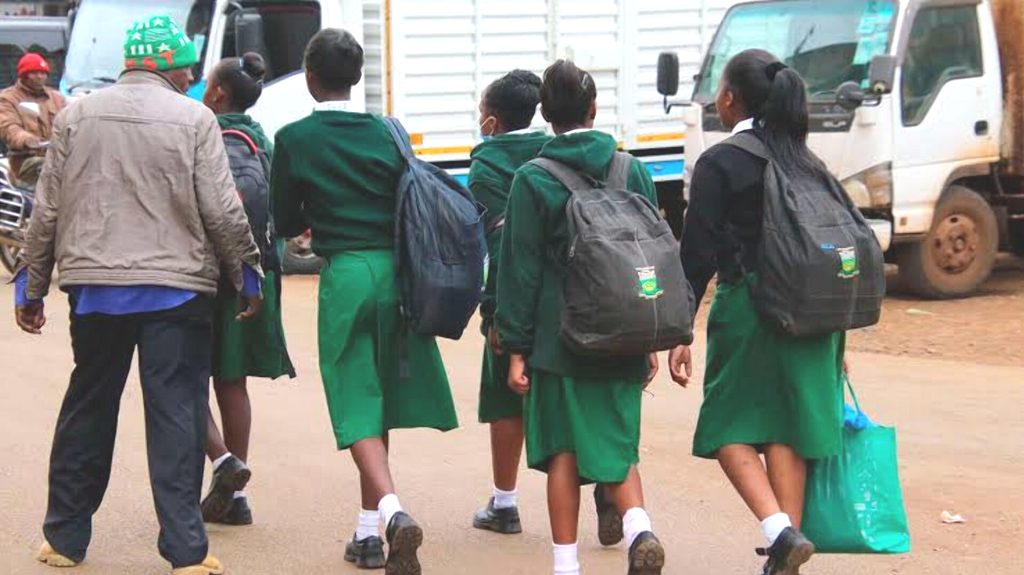Kenya can draw powerful lessons on road safety from countries that have successfully reduced traffic accidents and fatalities, despite once facing similar challenges. South Korea and Botswana stand out as two examples from different continents whose experiences demonstrate that it is possible to transform a dangerous road culture into a much safer one through targeted policies, effective enforcement, and increased public awareness. Their stories prove that road safety is not a mystery — it is the result of consistent effort, strong leadership, and the understanding that saving lives is a national priority.
South Korea, now a leader in road safety in Asia, was once notorious for its high traffic fatality rates in the 1980s and 1990s. Back then, reckless driving, weak enforcement of laws and rapid motorisation led to thousands of avoidable deaths each year. The turning point came when the government decided to make road safety a central policy goal, treating it with the same seriousness as economic growth. South Korea adopted the “Vision Zero” philosophy—an approach that assumes no deaths or serious injuries on the roads are acceptable. This shift led to a combination of strict traffic laws, heavy fines for violations, and widespread use of technology to enforce rules. Speed cameras, red-light cameras and alcohol-detection checkpoints became common. However, beyond enforcement, South Korea has invested heavily in safer road designs—such as better signage, pedestrian overpasses, rumble strips, and median barriers to separate opposing traffic.
Driver education was also transformed. South Korea has made it mandatory for new drivers to undergo rigorous, standardised training and testing. Renewal of licenses included re-education on changing road rules. Public awareness campaigns were sustained year-round, utilising television, radio, and even social media influencers to remind citizens that reckless driving was not only illegal but also socially unacceptable. The results were dramatic: in two decades, the country cut traffic deaths by more than half, despite having more cars on the road than ever before.
Botswana’s example is equally inspiring, especially for Kenya, because it is an African country with socio-economic conditions closer to ours. In the early 2000s, Botswana’s roads were among the deadliest in Southern Africa. The causes were familiar to Kenyans: drunk driving, speeding on highways, poor enforcement, and low seatbelt use. The government responded with a decisive national road safety strategy backed by political will at the highest level. Enforcement became non-negotiable; traffic police were trained and resourced to run continuous roadblocks, conduct random breathalyser tests, and utilise mobile speed detection units. Penalties for drunk driving and speeding were significantly increased, and offenders faced not only fines but also license suspension.
Public education played a central role. Botswana launched the “Arrive Alive” campaign, which combined emotional storytelling about the impact of road crashes with practical driving tips. Radio programs, community forums, and even church gatherings were used to pass the message. Schools incorporated road safety into the curriculum, teaching children both as future drivers and as pedestrians. Vehicle roadworthiness inspections were tightened, with unfit vehicles removed from the roads. The effect was measurable: road deaths decreased significantly, and compliance with seatbelt laws increased sharply.
READ ALSO:
30-day survival plan: Radical measures proposed to stop road death
For Kenya, the lessons from these two countries are clear. First, road safety requires top-level political commitment—without leadership from the government, enforcement and education efforts tend to fade over time. Second, consistent and visible enforcement is key. Drivers must understand that breaking the law has real, immediate consequences, whether it involves speeding, drunk driving, or failing to wear seatbelts. Third, investment in safer infrastructure saves lives – proper signage, pedestrian crossings, barriers, and lighting reduce the chances of accidents even when human error occurs. Fourth, road safety must be embedded in the culture through constant education and public campaigns, not just during festive seasons or after major tragedies.
Kenya’s current challenges – rising accident numbers, poor enforcement discipline, corruption in traffic policing, and a general culture of impunity on the roads – mirror where South Korea and Botswana once were. The difference is that they decided enough was enough and backed words with sustained action. If Kenya were to combine Botswana’s relentless enforcement and community-level campaigns with South Korea’s infrastructure investment and technology-driven policing, the transformation could be swift. It would require collaboration between the National Transport and Safety Authority (NTSA), the police, county governments, schools, civil society, and the private sector. The payoff would not only be fewer funerals and less economic loss but also a road culture in which safety is seen as a shared responsibility.
Road accidents are not an unavoidable curse; they are a preventable problem. South Korea and Botswana have demonstrated that with the right combination of enforcement, education, engineering, and political will, a nation can rewrite its road safety narrative. Kenya can do the same, and the sooner it begins, the more lives will be saved.
By Ashford Kimani
Ashford teaches English and Literature in Gatundu North Sub-County and serves as Dean of Studies.
You can also follow our social media pages on Twitter: Education News KE and Facebook: Education News Newspaper for timely updates.
>>> Click here to stay up-to-date with trending regional stories
>>> Click here to read more informed opinions on the country’s education landscape






